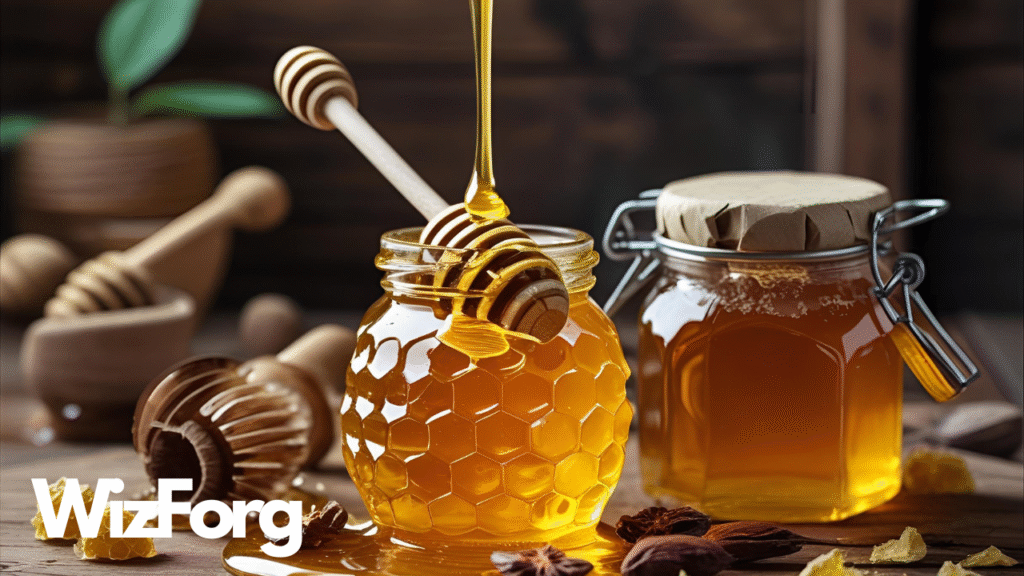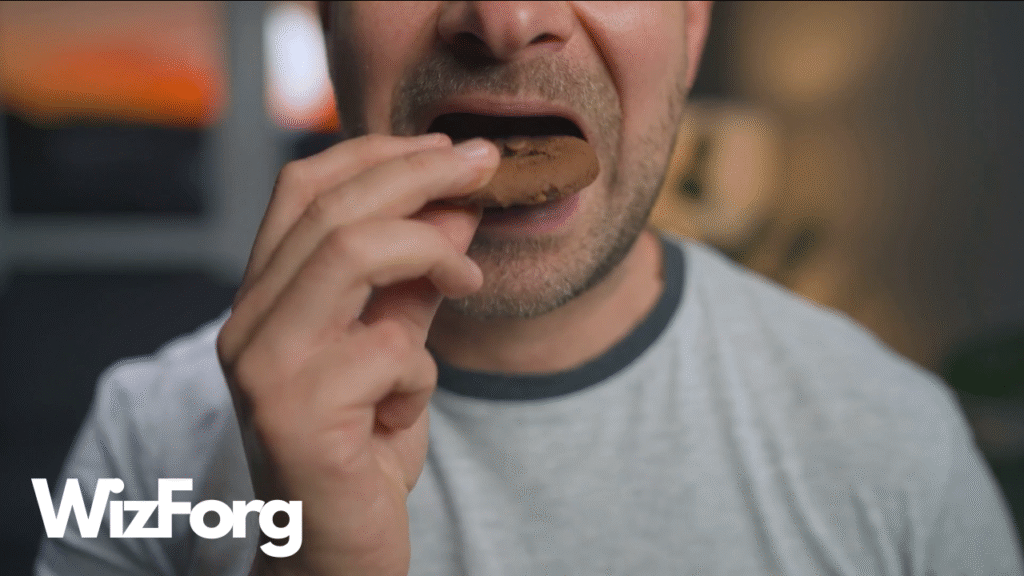Golden, sticky, and sweet—honey seems like one of the most natural foods you can buy. But what’s in your jar might not be as pure as you think. Honey is one of the most faked foods in the global market. From supermarket shelves to luxury gift boxes, fake honey is everywhere—and many people never notice.
What Makes Honey So Easy to Fake?
Real honey is expensive to produce. Bees must collect nectar from millions of flowers, and beekeepers invest time, labor, and care to harvest it. This makes authentic honey costlier than sugary alternatives.
That’s where counterfeiters come in. They mimic honey by mixing cheaper ingredients like:
- Corn syrup
- Rice syrup
- Sugar water
- Even industrial sweeteners
These mixtures resemble honey in appearance and taste, but lack its nutritional value, antibacterial properties, and natural complexity.
How Common Is Fake Honey?
A 2020 global investigation by the European Commission found that nearly half of all imported honey samples tested were found to be adulterated. In countries like China, large-scale honey laundering operations have been exposed, where bulk fake honey is shipped through multiple countries to mask its origin.
In the U.S., the FDA has caught thousands of tons of mislabeled honey, often branded as “pure” or “organic.” Yet many of these jars contain little to no real honey at all.
Why It’s Hard to Catch
Detecting fake honey isn’t easy. Adulterated honey can be chemically modified to pass basic purity tests. Sophisticated counterfeiters remove pollen to prevent tracking the floral or geographical origin. Others blend small amounts of real honey into syrups to throw off lab tests.
Most consumers—and even some importers—can’t tell the difference without advanced equipment.
The Cost of Faking It
Fake honey doesn’t just fool shoppers—it also hurts real beekeepers and ecosystems. When cheap, low-quality honey floods the market, ethical producers struggle to compete. This can drive down prices and discourage sustainable beekeeping.
Worse, it undermines pollination efforts. Bees play a critical role in global agriculture, and the loss of genuine honey demand can impact their care and protection.
How to Spot Real Honey
While lab testing is the only way to be 100% certain, here are a few signs of quality:
- Check the label: Look for terms like “raw,” “unfiltered,” and “single-source.” Avoid “honey blends” or overly vague terms.
- Look for crystallization: Real honey tends to crystallize over time. If your honey stays syrupy for years, it might be fake.
- Buy local: Support local or trusted beekeepers when possible. Their honey is often more traceable and less likely to be tampered with.
Final Thoughts
Honey may seem simple, but it has become a global battleground between authenticity and imitation. As long as there’s demand, counterfeiters will keep trying to cash in. The best defense? Know what to look for, and support the producers doing it right.
Want more food investigations like this? Visit Wizforg.com and subscribe to our YouTube channel for deep dives into global food truths, myths, and scandals.



